Sbarro Challenge - 1985
At the 1985 Geneva Motor Show, Sbarro astonished all visitors with what remains the most surprising car ever designed by the Swiss manufacturer: the Challenge.
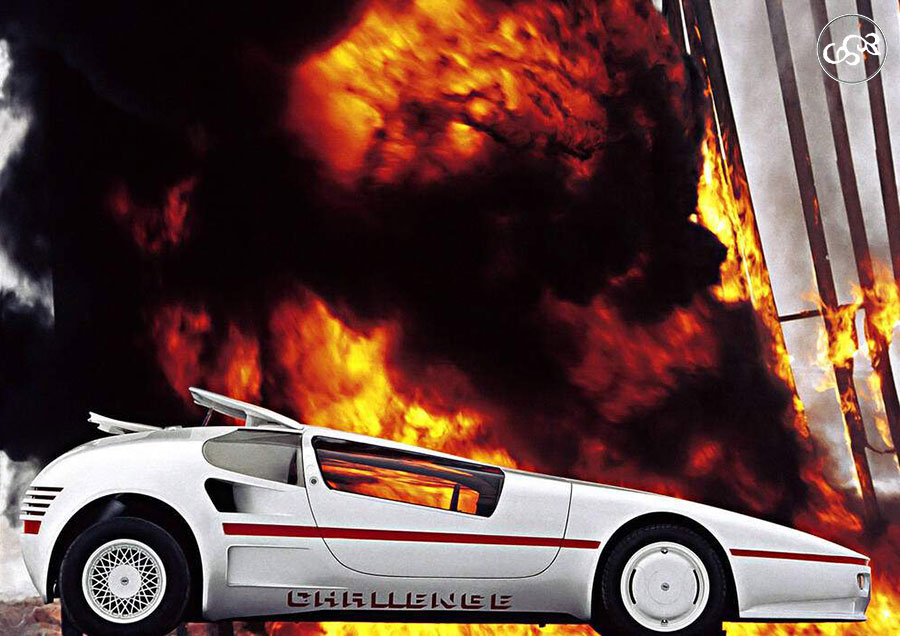
Daring the unibody
The project and its study
were financed by Joseph E. Adjadj, a Saudi businessman who had
ordered the Cadillac Function car from Sbarro. Without this
funding, Franco Sbarro could not have embarked on this unusual
project.
The line of the Challenge is so personal that it resembles nothing ever seen before. It's a real tour de force that Sbarro has succeeded in creating a single-body, wedge-shaped line. So unusual and yet so simple. It broke completely with the usual stereotypes of car production at the time. Even today, the Challenge's design remains current and innovative.
The line of the Challenge is so personal that it resembles nothing ever seen before. It's a real tour de force that Sbarro has succeeded in creating a single-body, wedge-shaped line. So unusual and yet so simple. It broke completely with the usual stereotypes of car production at the time. Even today, the Challenge's design remains current and innovative.
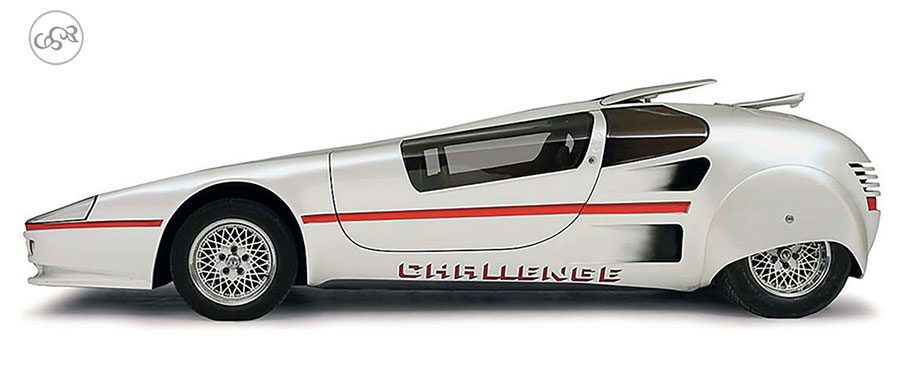
Advanced aerodynamics
The aesthetic canons are
different for everyone, so I leave it to you to appreciate (or
not) this formidable automobile. Technically, however, the Cx
(coefficient of drag) is 0.26, making it one of the best of
all time. By way of comparison, a contemporary Porsche 928
from Sbarro had a Cx of 0.34, while an Opel Calibra, long held
up as an example in this field, only "did" 0.29! The
windshield can "slide" forward to act as a sunroof. The
windshield wiper operates by rotation, like a propeller whose
blades act as brushes.
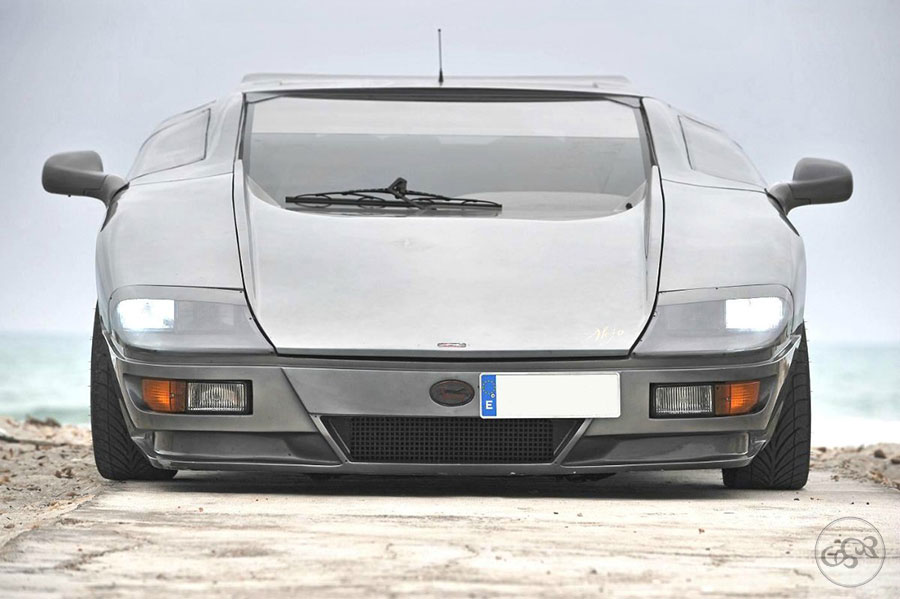
On the roof, behind the
windshield, two retractable fins act as airbrakes. You may
have noticed the absence of rear-view mirrors. These have been
replaced by a camera integrated into the left rear wing,
leaving the body free of non-aerodynamic protrusions. The
screens, located in the doors, also allow you to watch a film,
as the car is equipped with a VCR (the only way to watch a
film outside a cinema in 1985).
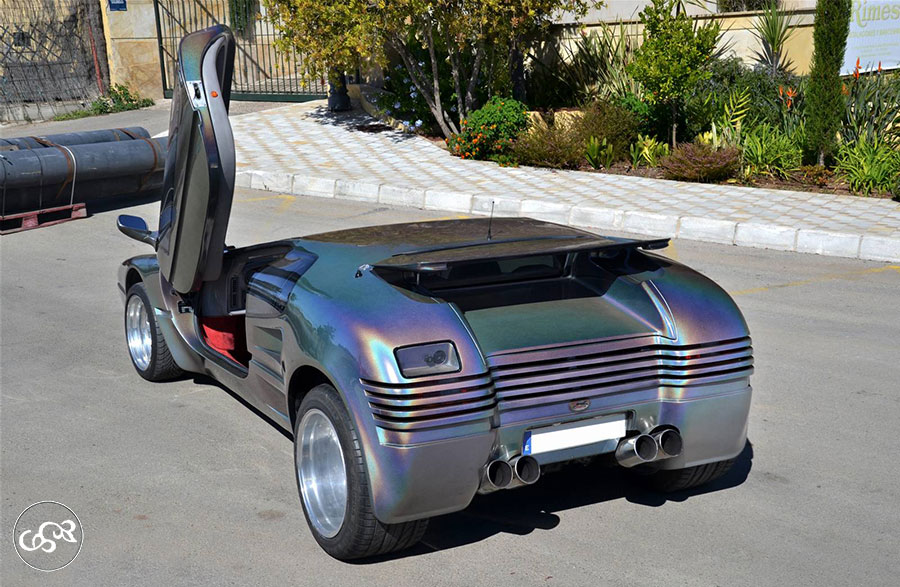
Conventional interior
The interior is very
conventional. Too conventional, perhaps, when compared with
the exterior styling. The seats are fixed and custom-built for
each owner. The entire cabin is covered in Conolly leather (as
in Rolls-Royce and Aston-Martin of the period), with wood
veneers. For the record, the handbrake is located on the lower
left of the driver's seat.
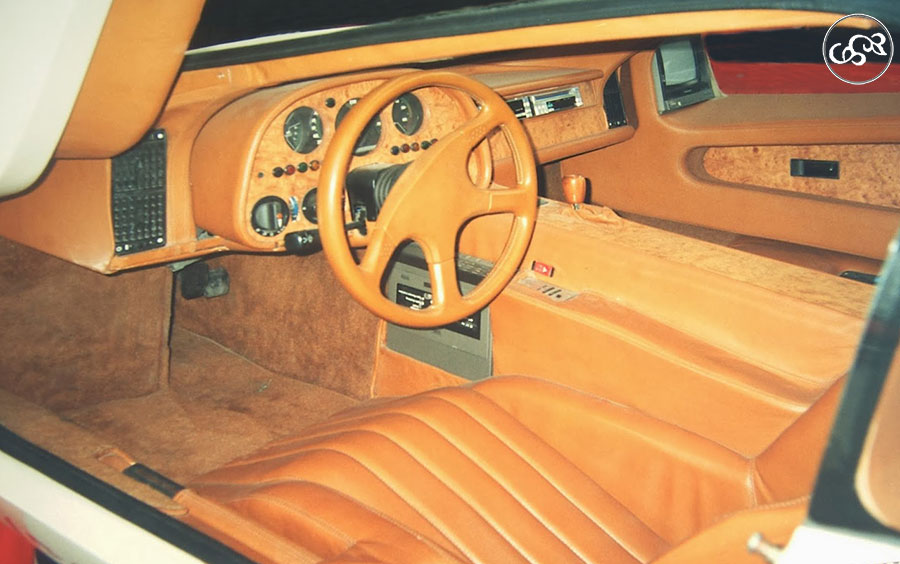
Challenge 1
The powertrain on the Challenge 1s produced in 1985 came from a Mercedes 500: it's a V8, supercharged by two IHI turbochargers, and developing 350 hp. The automatic gearbox comes from a Jeep Cherokee. This level of power, combined with the car's aerodynamic design, enabled it to exceed 300 km/h.Perhaps the most innovative feature was the four-wheel drive, which was not common on a sports car in 1985. The Audi Quattro had paved the way, and the Porsche 959 followed a few months later. However, this innovative handling system was not fitted to all Challenge models.
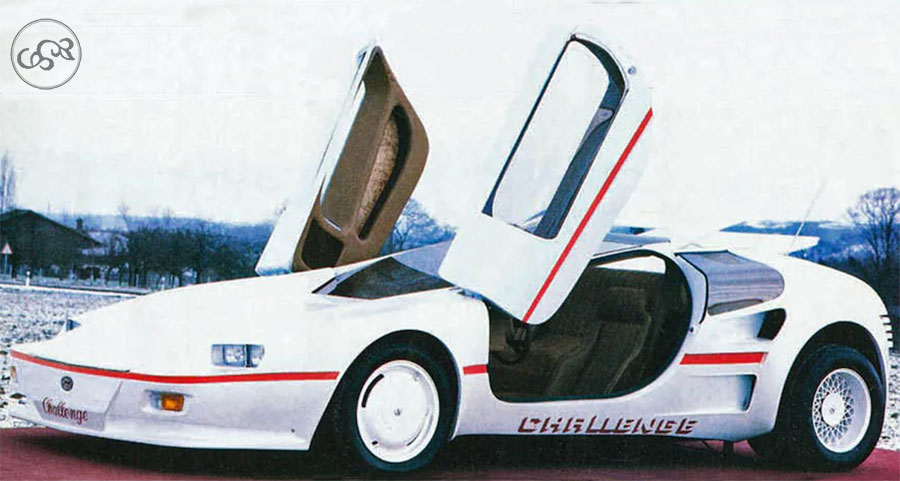
Challenge 2
In 1986, Sbarro exhibited a
modified version at the Geneva Motor Show: the Challenge 2+2.
It differed from its predecessor by adding two extra seats and
a modified dashboard. Technically, the engine is that of a
Porsche 930 turbo, a 6-cylinder boxer with 300 hp. The car
loses its four-wheel drive and becomes a rear-wheel drive. The
gearbox is no longer automatic, but manual with five gears. A
Challenge 2 is painted in a magnificent gradient of red at the
rear and grey at the front by Andréini, who had already made a
name for himself on the Sbarro Super Twelve.
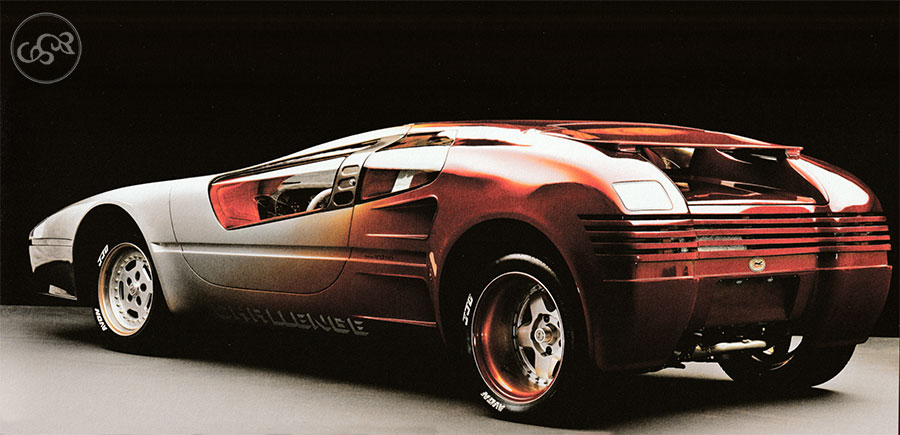
Challenge 3
In 1987, Sbarro exhibited the
latest in the line: the Challenge 3. It differed from its
predecessor in that its engine, still of Porsche 930 turbo
origin, was increased to 3.3 liters and developed 400
horsepower. The selling price was 320,000 Swiss francs. At the
time, this was a tidy sum.
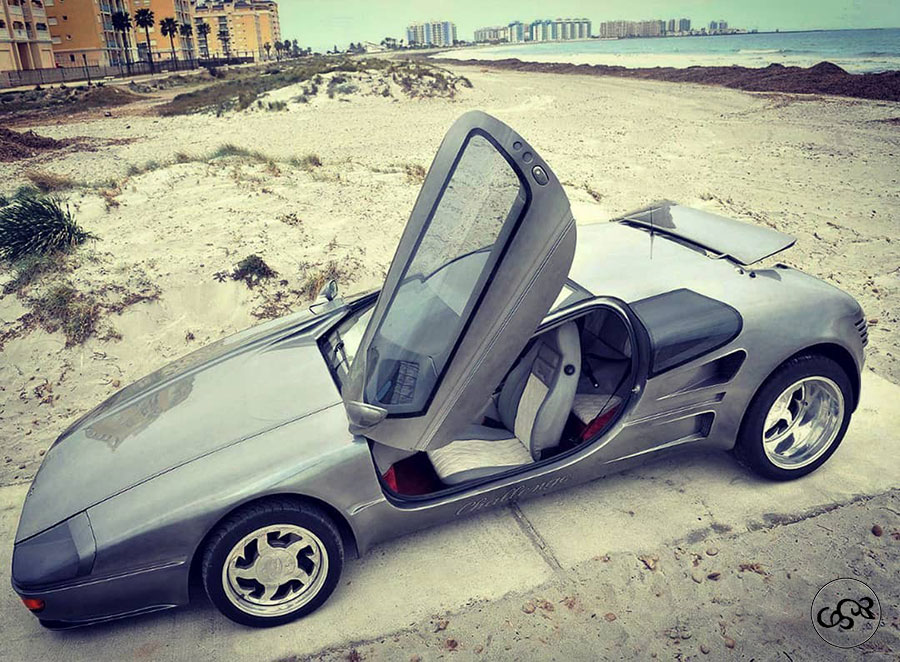
Eight Challenge models
Franco Sbarro declared in 1985 that only 10 Challenge models would be produced. In reality, according to Fabian Sbarro in his book about his father, eight were produced. I have no further details on production figures.Still according to Fabian Sbarro, the first, the pearly white one used in the promotional photographs with the large fire in the background, was delivered to Peter Kauss, a German collector. The second remained in Switzerland. Two examples, one red and one grey, went to a Japanese enthusiast. The grey Challenge was later bought by Franco Sbarro.
On the web, there are many photographs of a Spanish Challenge, the 7th to be built. It has a grey paintwork with changing highlights that is difficult to define.
As for the other examples, I can't find any reliable information.
As is often the case, Sbarro also offered a Challenge-baby, a scaled-down version for children. Does this mean that Sbarro customers are still big kids? I certainly hope so!
- CHALLENGE 1 (1985)
- 4973 cm3 Mercedes V8 engine
- Longitudinal rear mid-position
- 2 IHI turbochargers
- Power output around 350 hp
- 4-wheel drive
- 2-speed automatic gearbox
- -------------------------------
- CHALLENGE 2 (1986)
- 3299 cm3 Porsche 6-cylinder boxer engine
- Longitudinal rear mid-position
- 1 turbocharger
- Horsepower around 300
- 2-wheel drive (rear-wheel drive)
- 5-speed manual gearbox
- -------------------------------
- CHALLENGE 3 (1985)
- identical to Challenge 2 except for
- Power around 400 hp
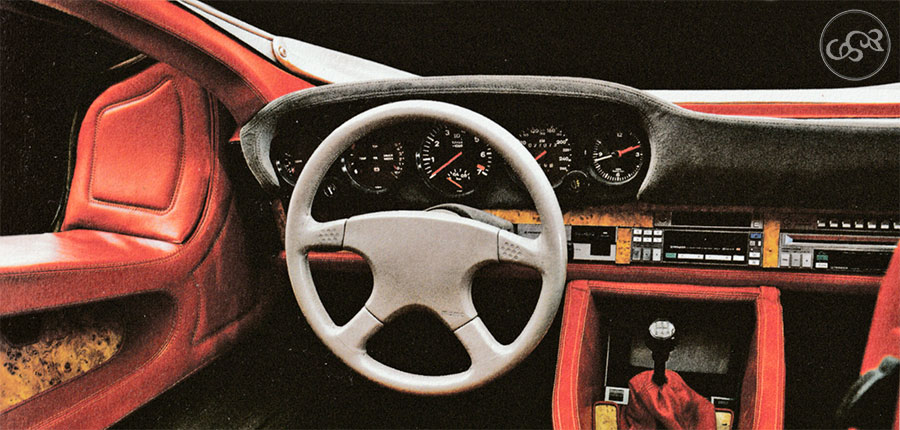
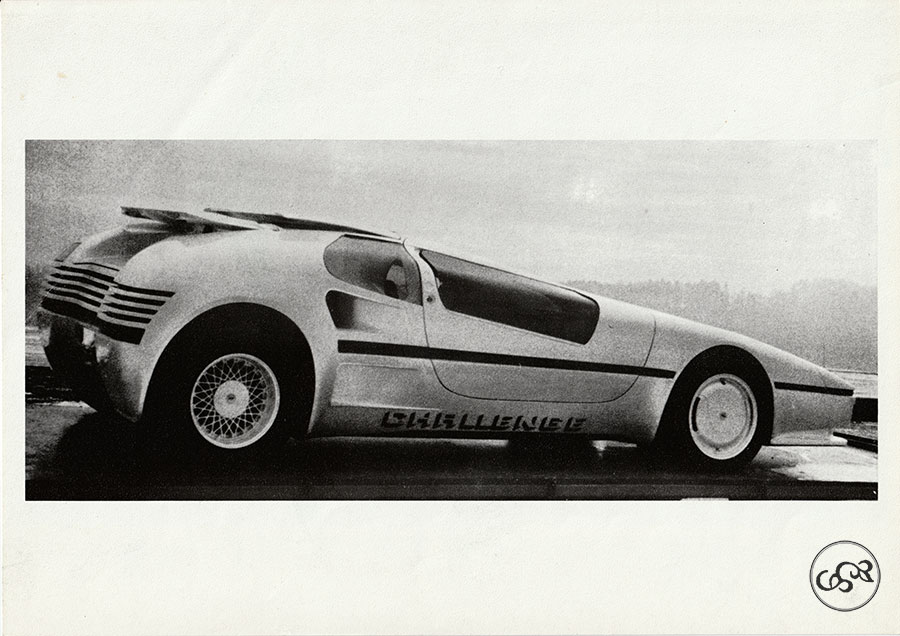
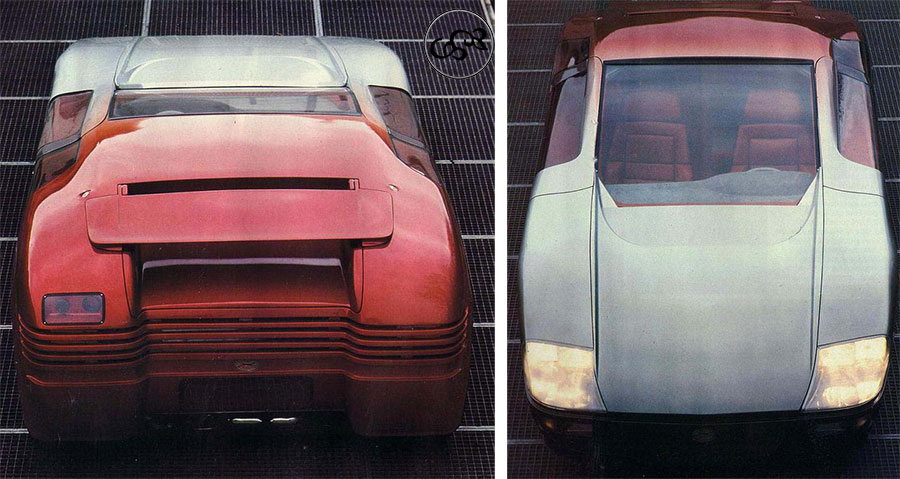
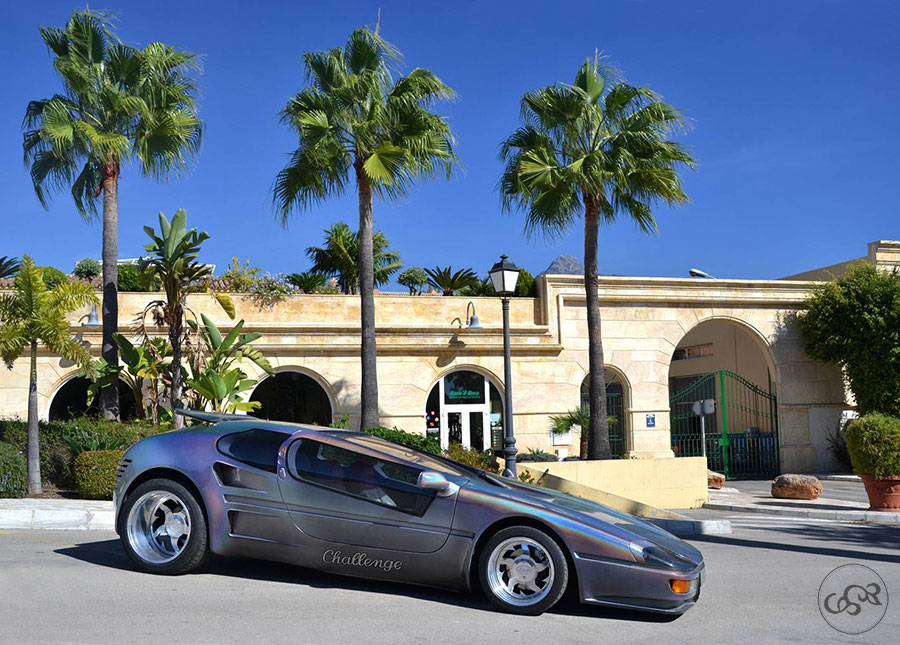
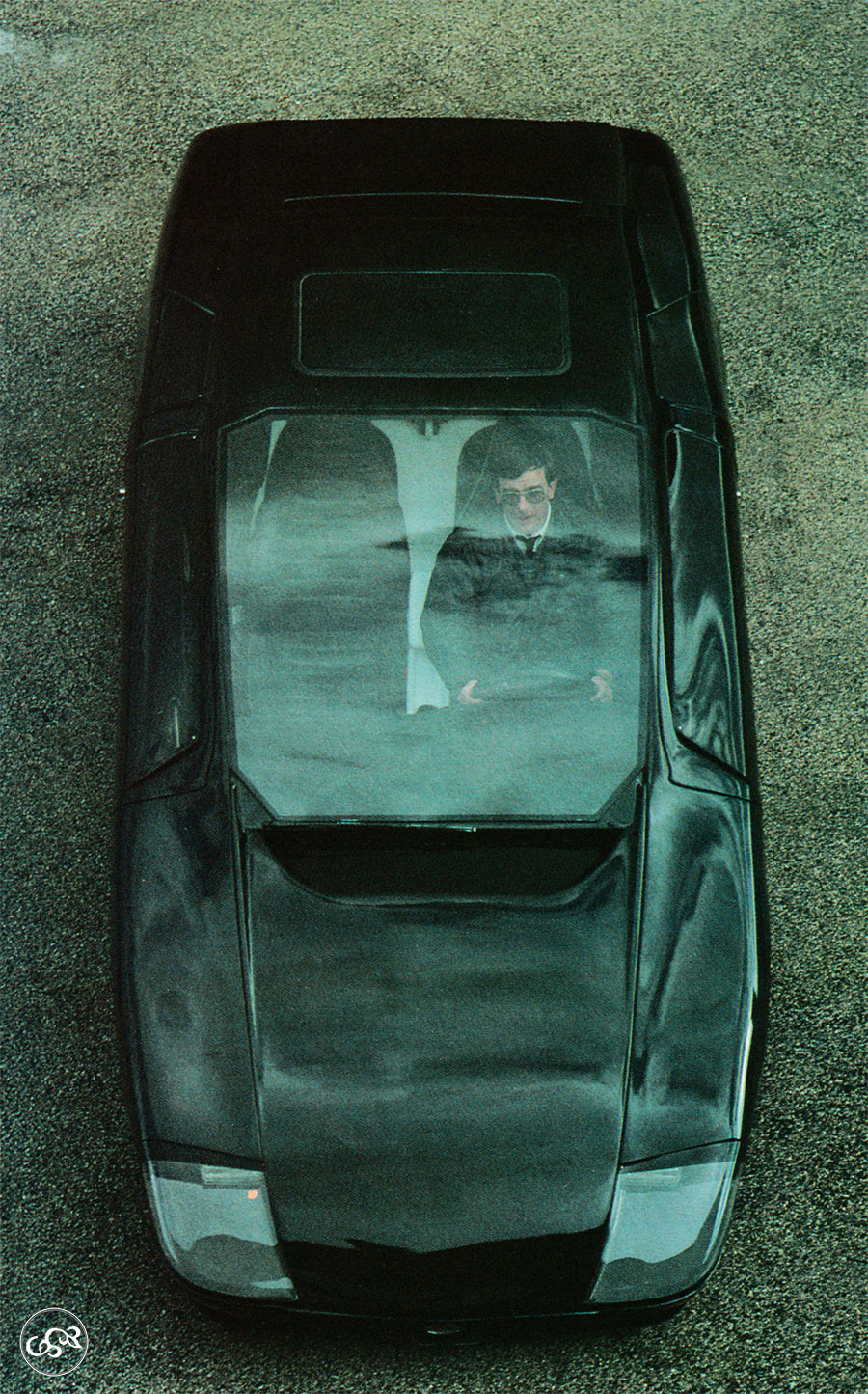
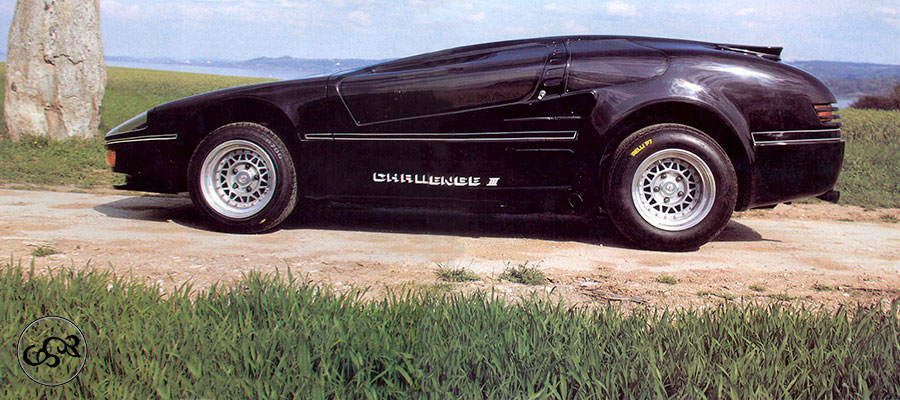
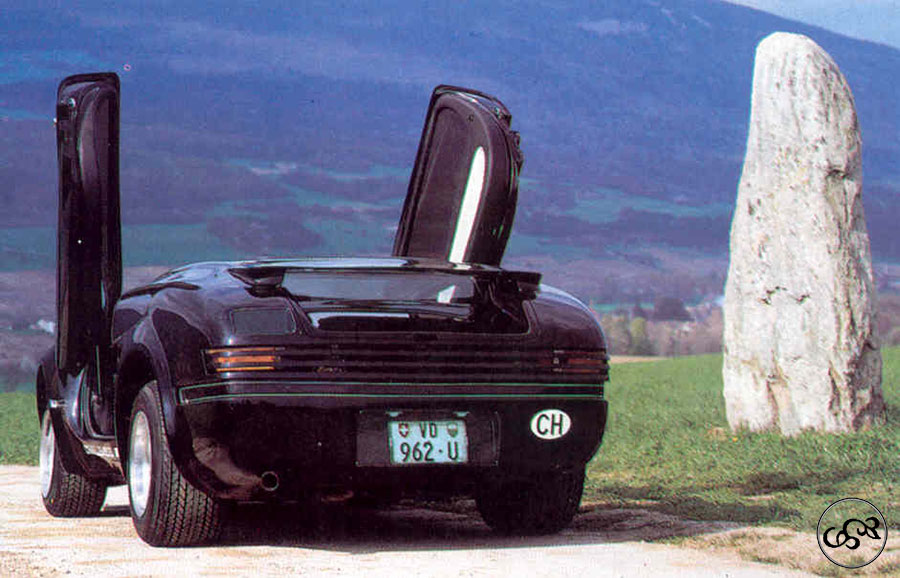
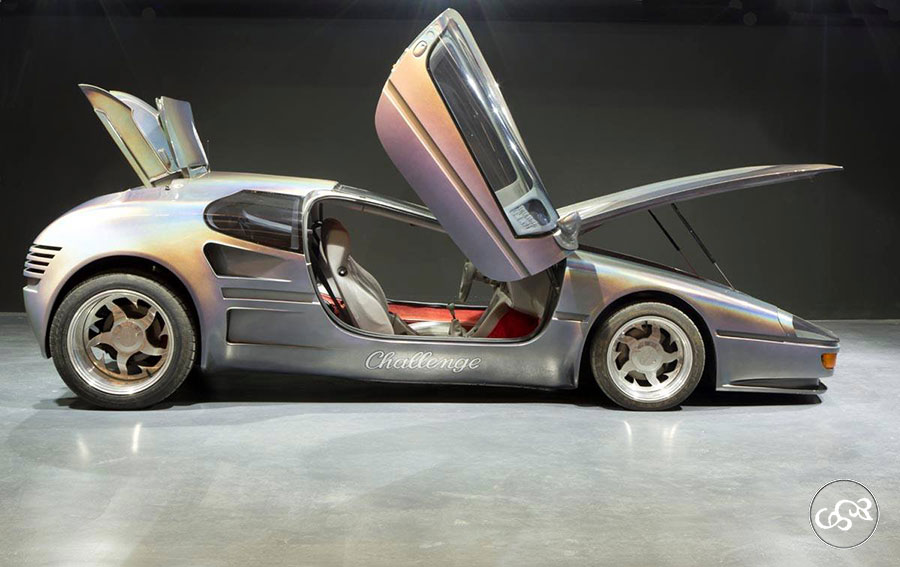
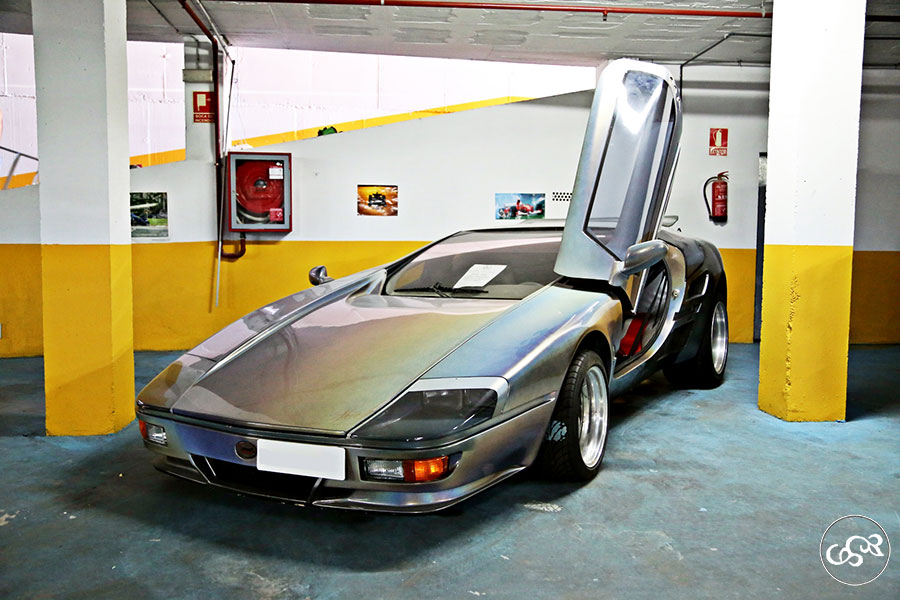

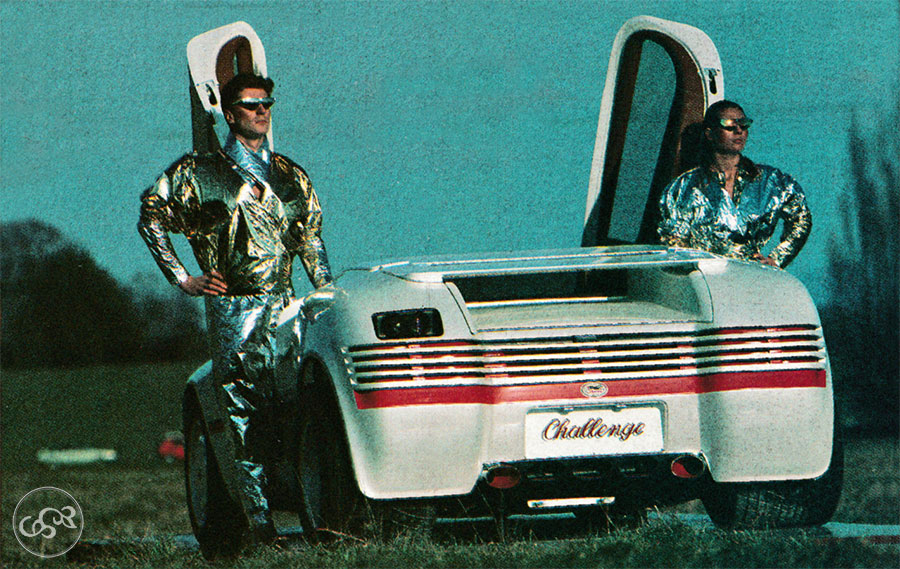
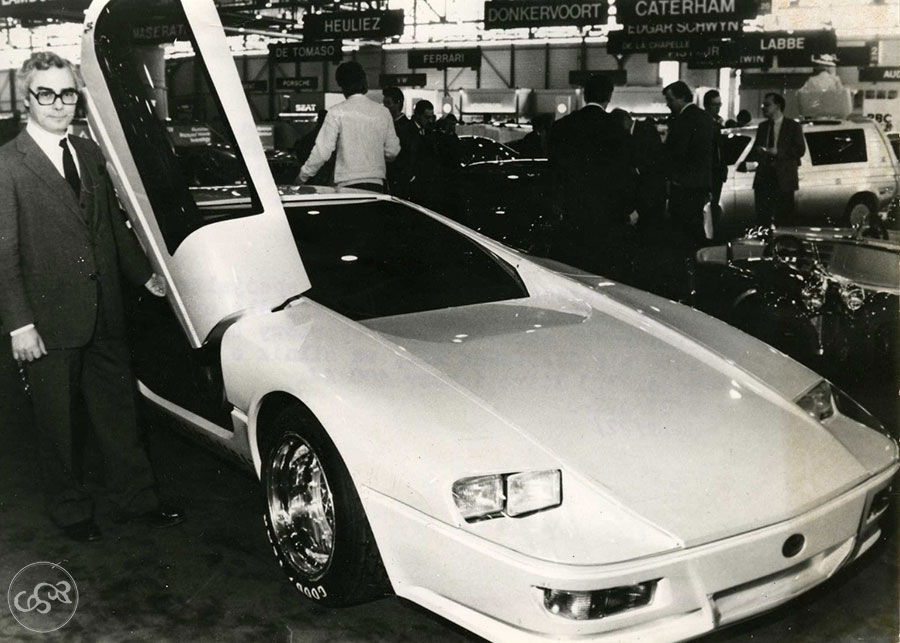
In brief
1- A unique, unprecedented unibody design, overturning the aesthetic codes of the time.
2- Numerous innovations: four-wheel drive, camera, windshield wipers...
3- Eight examples only